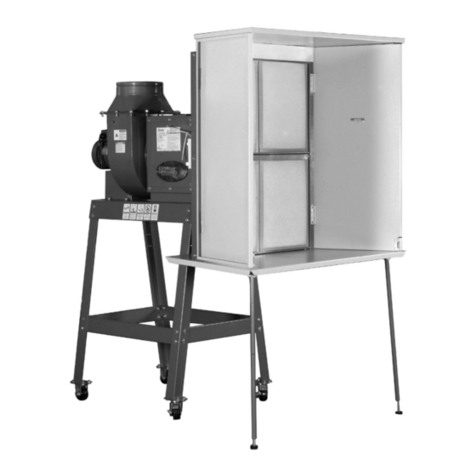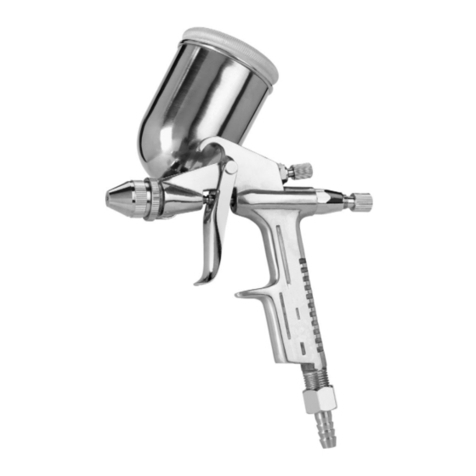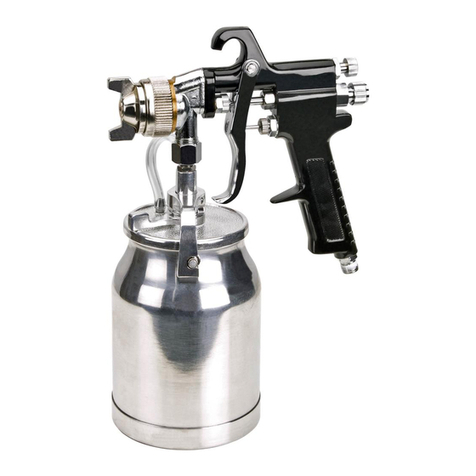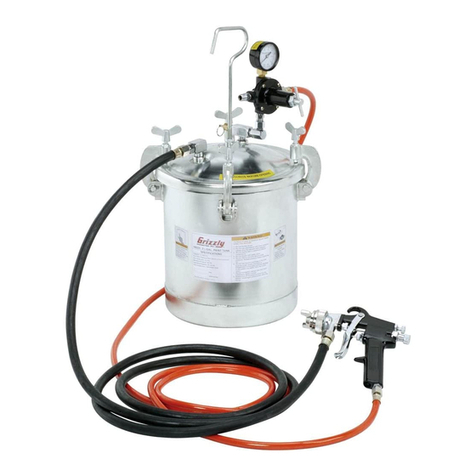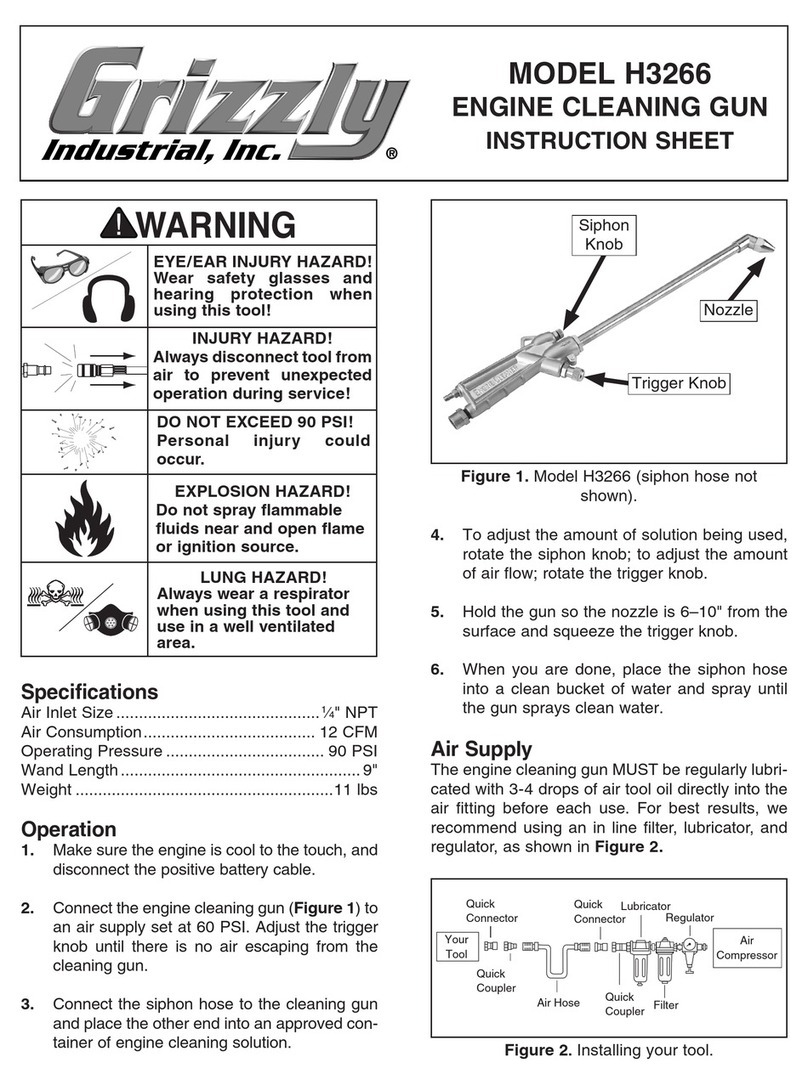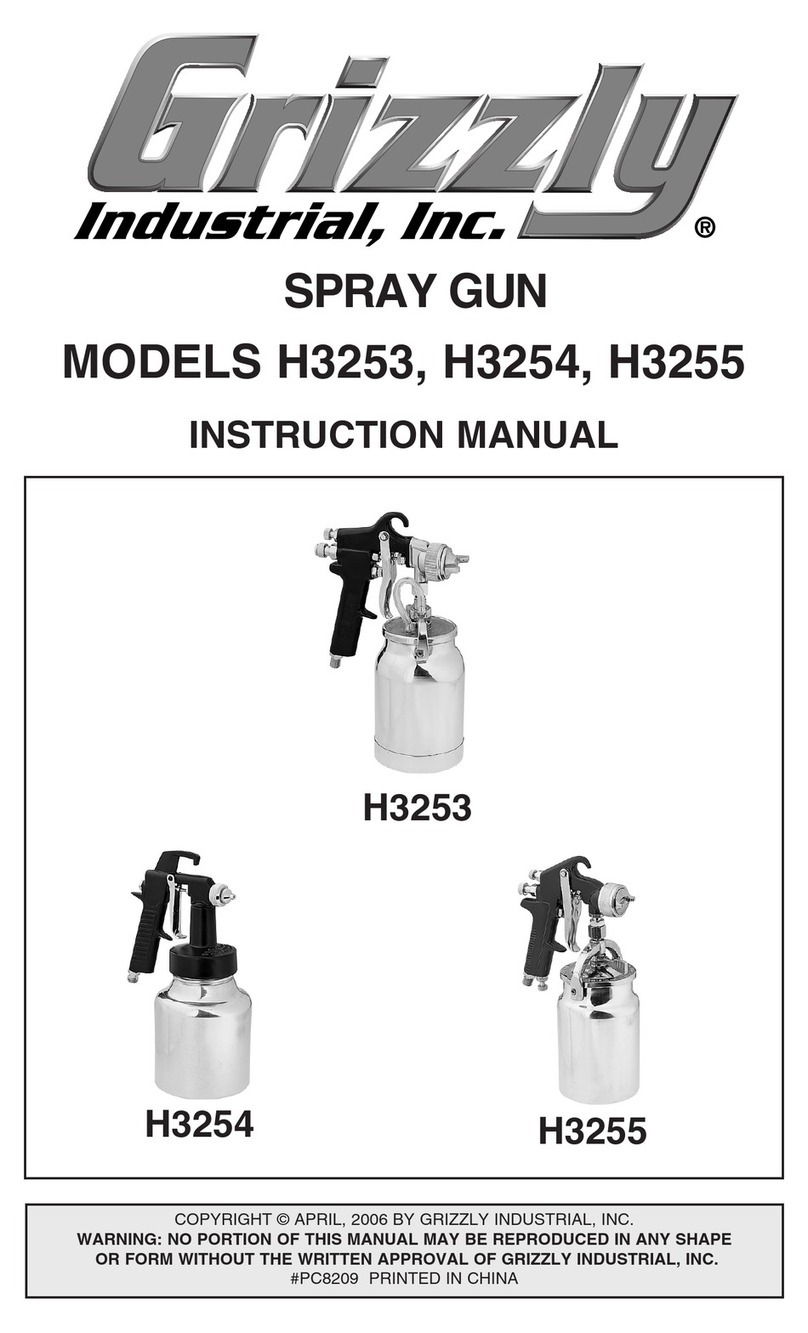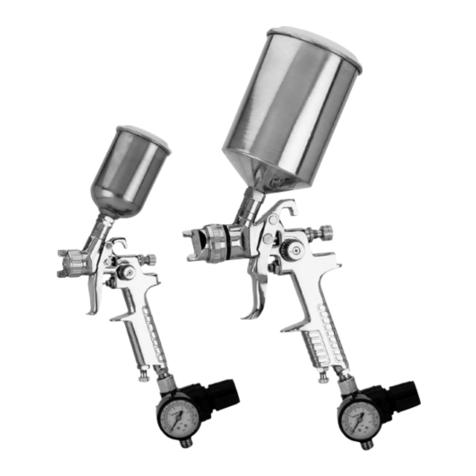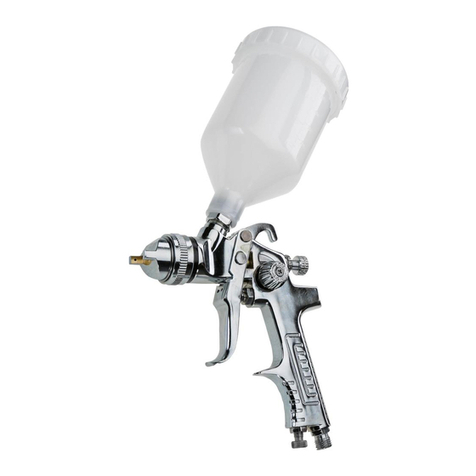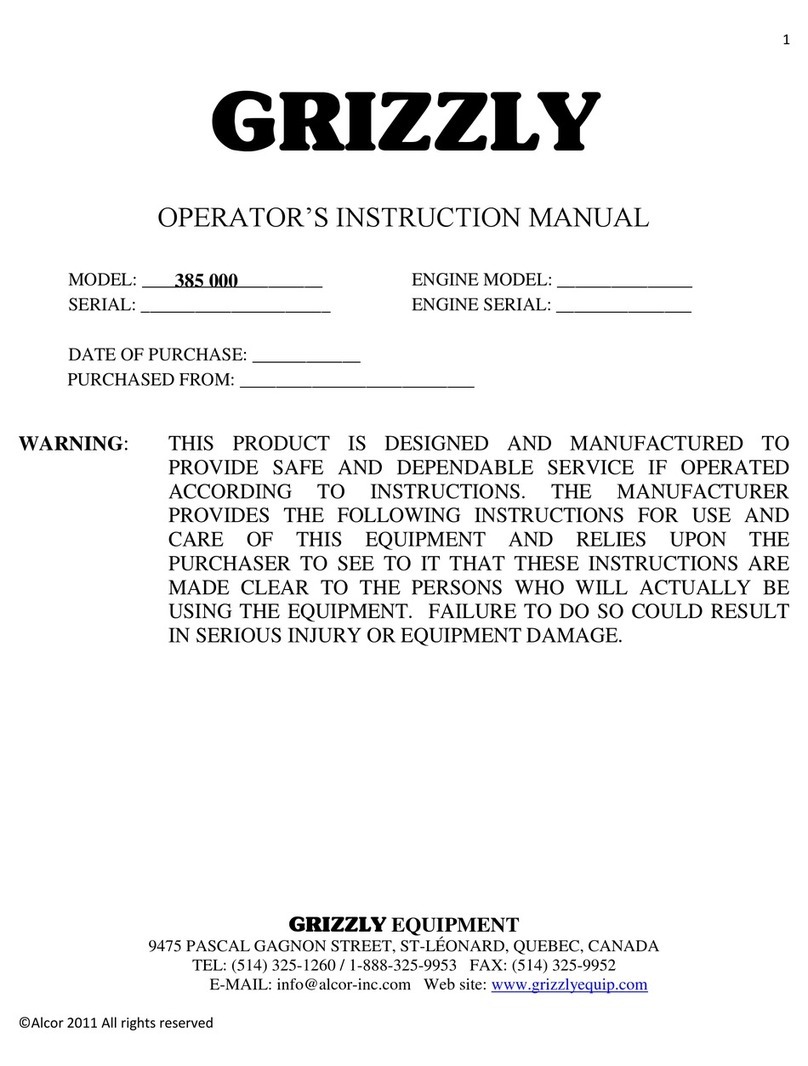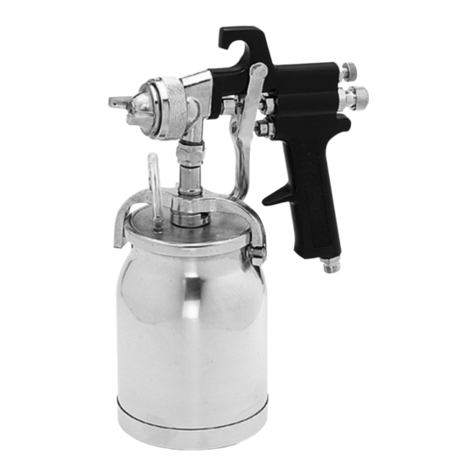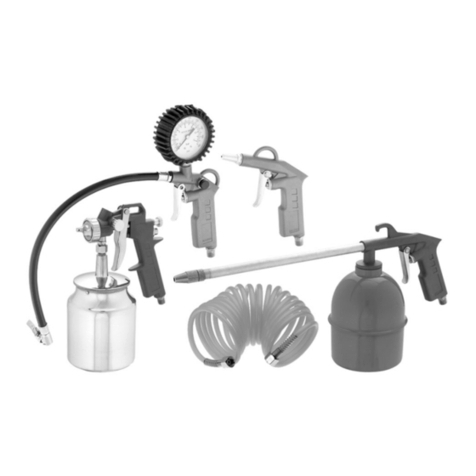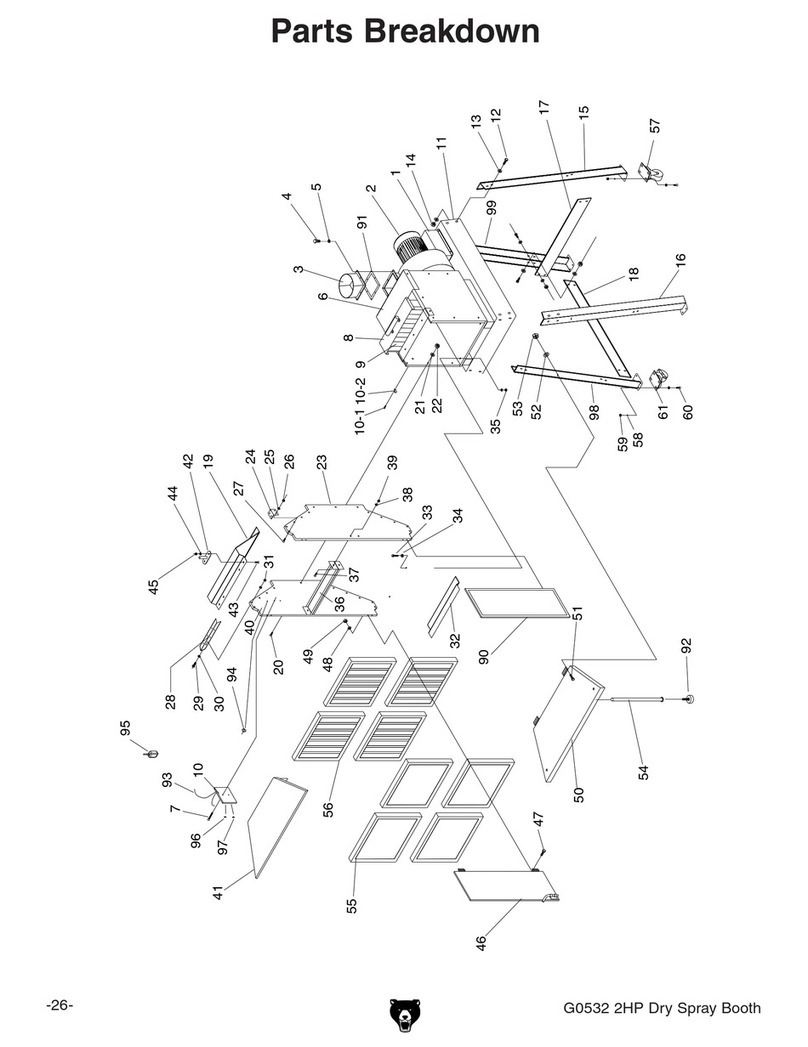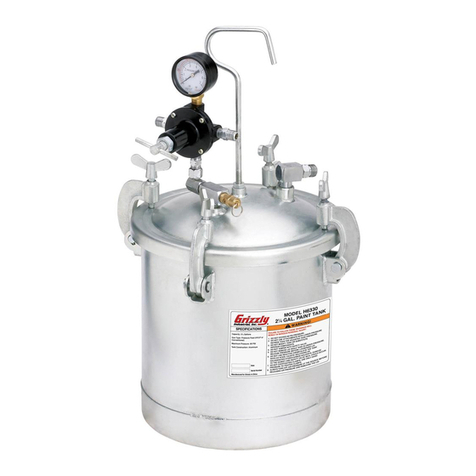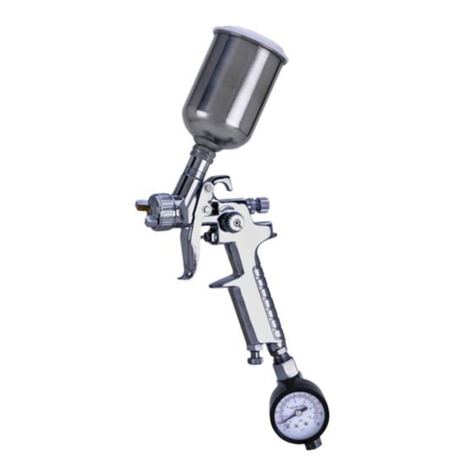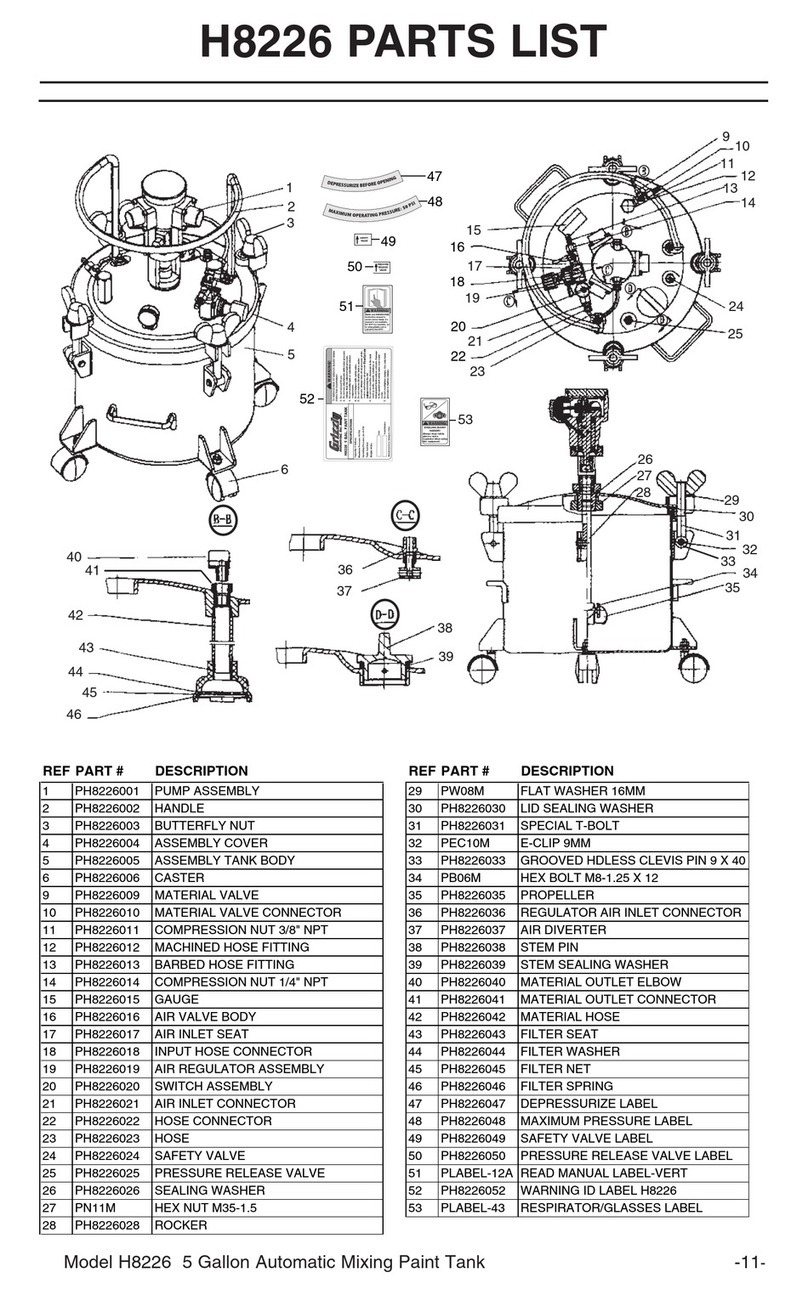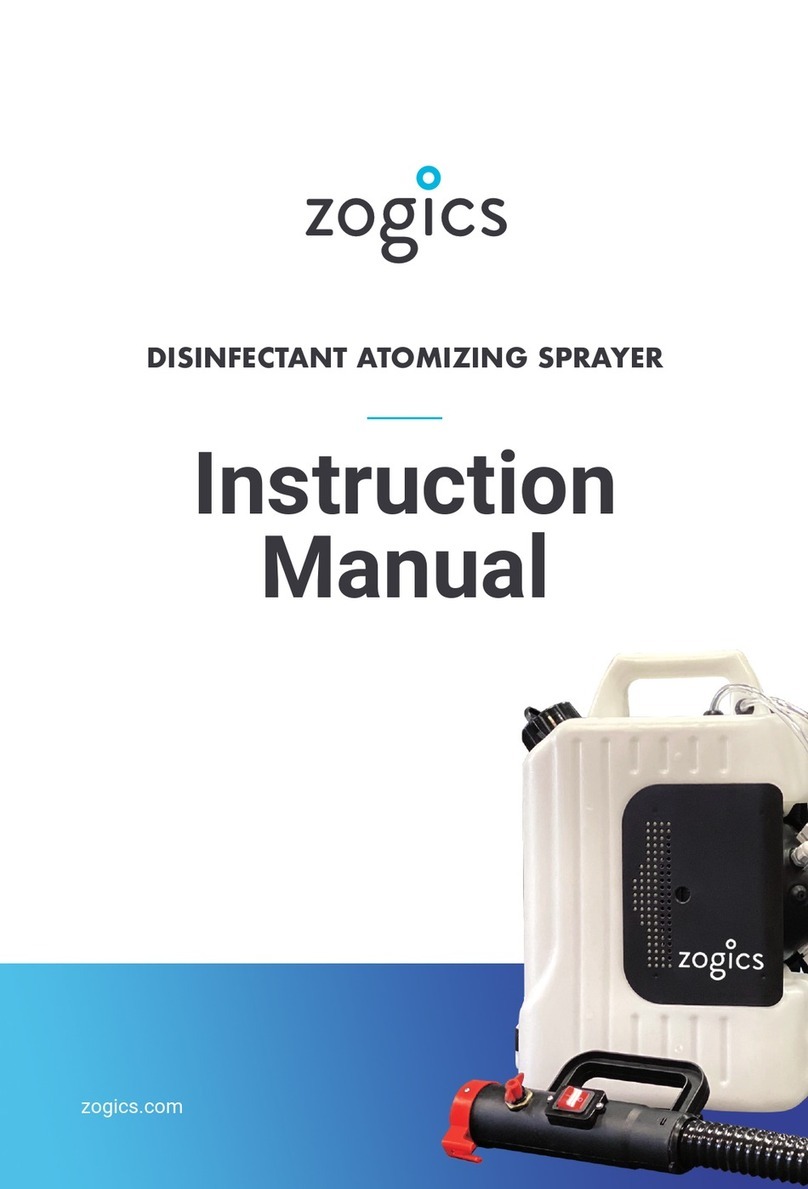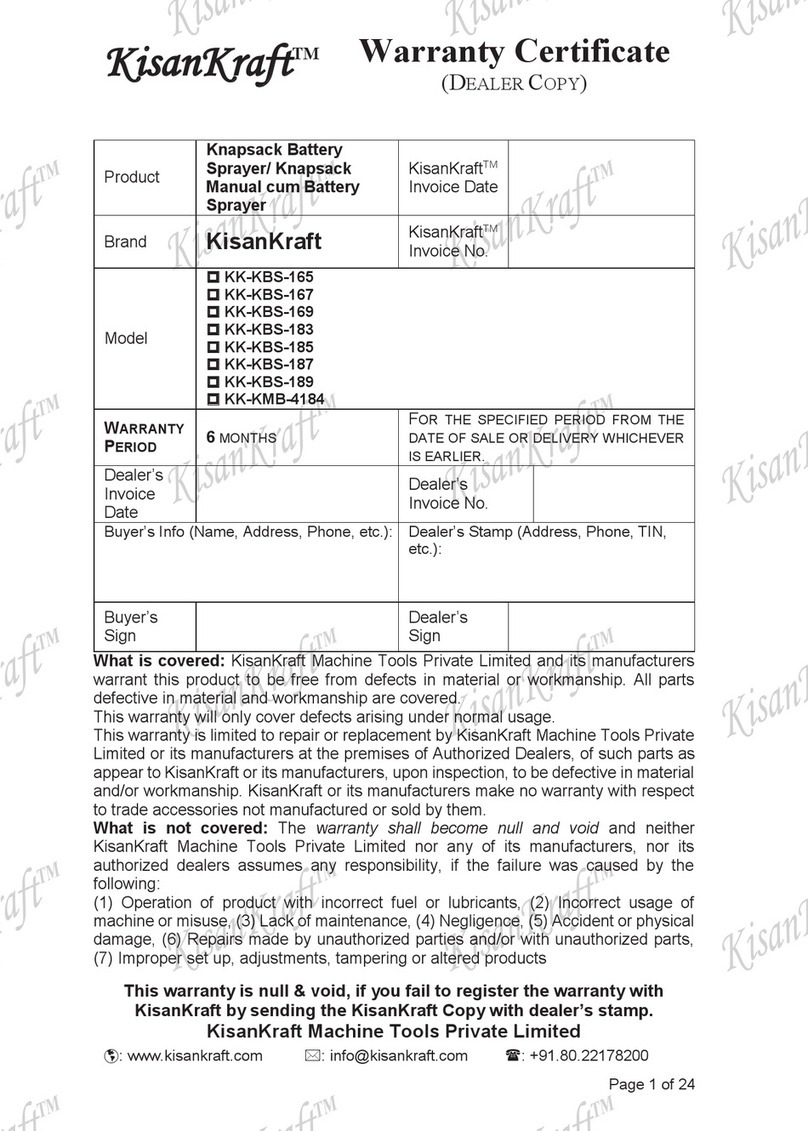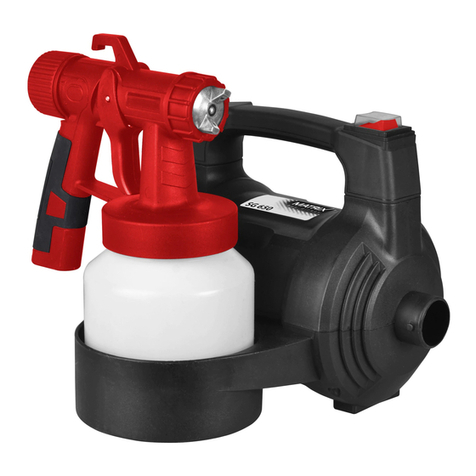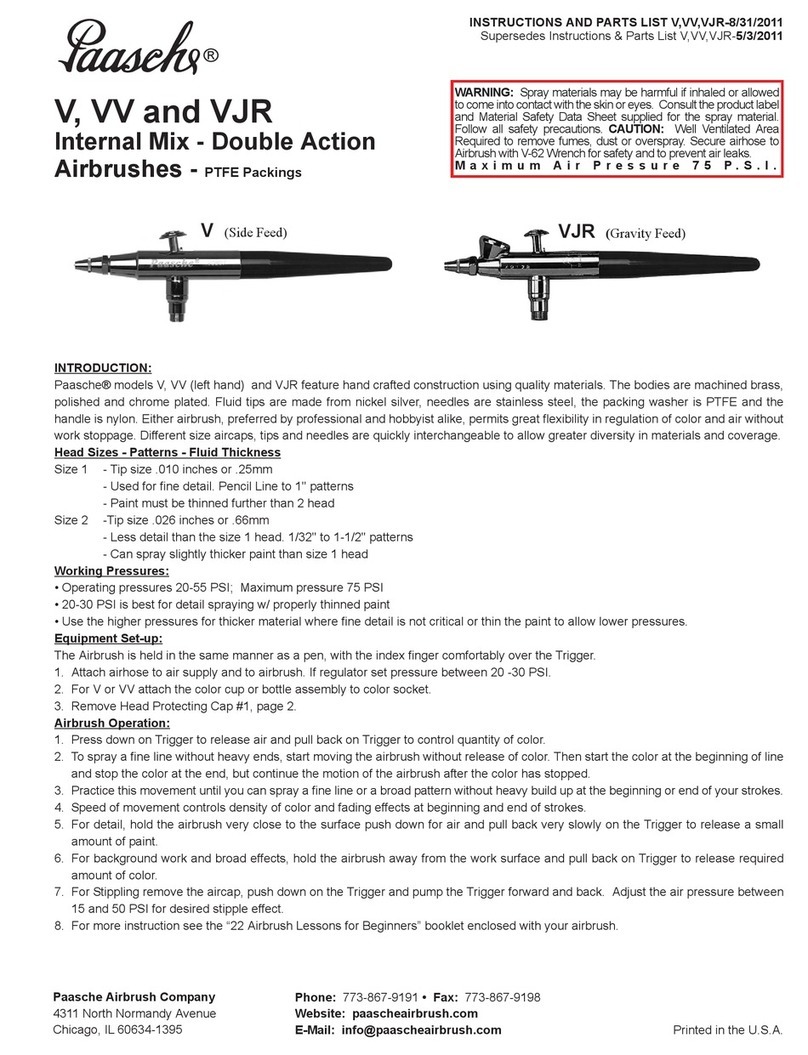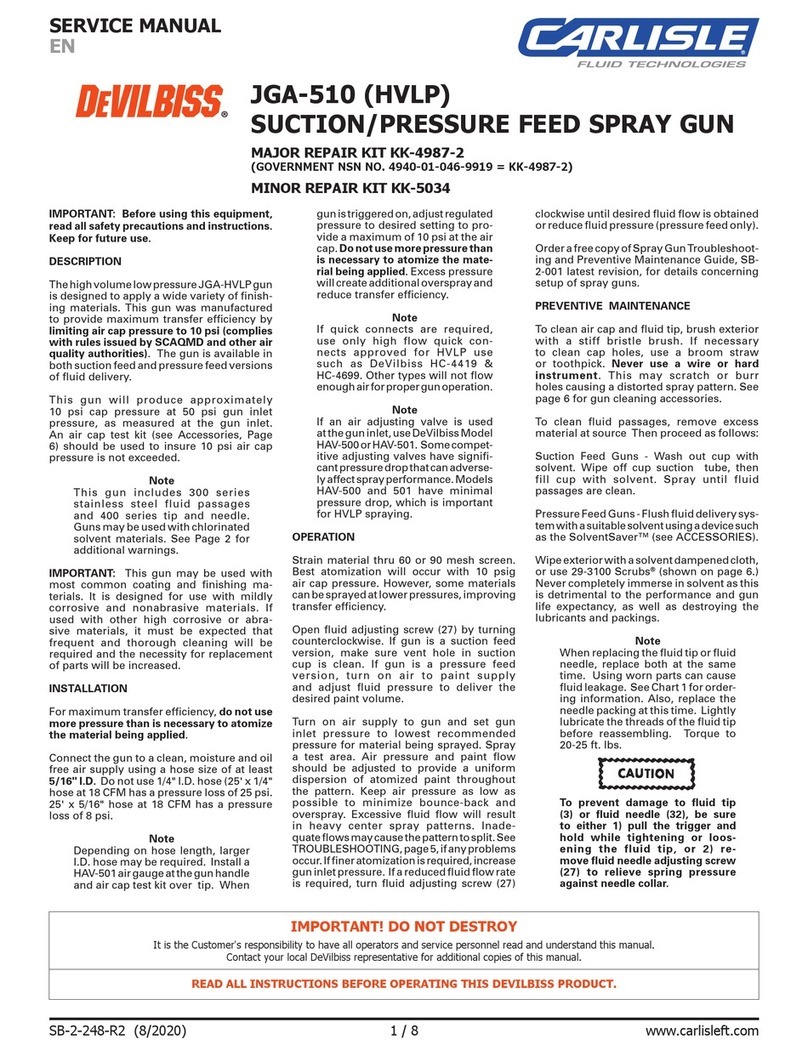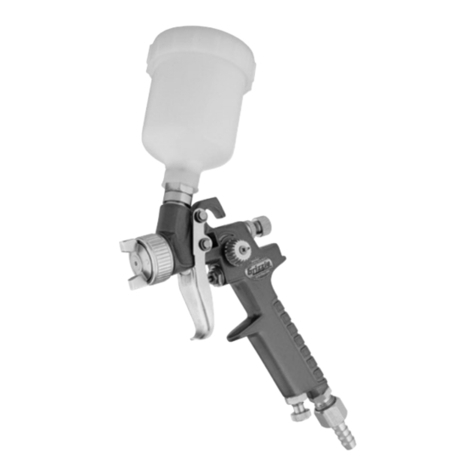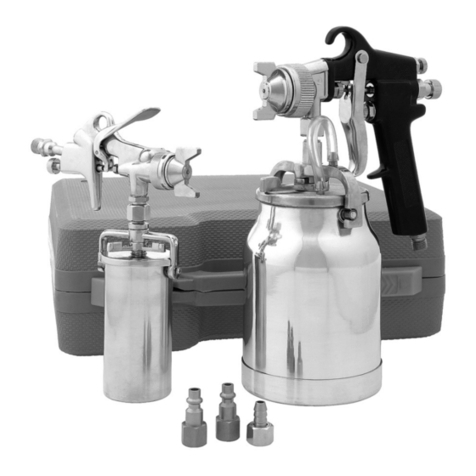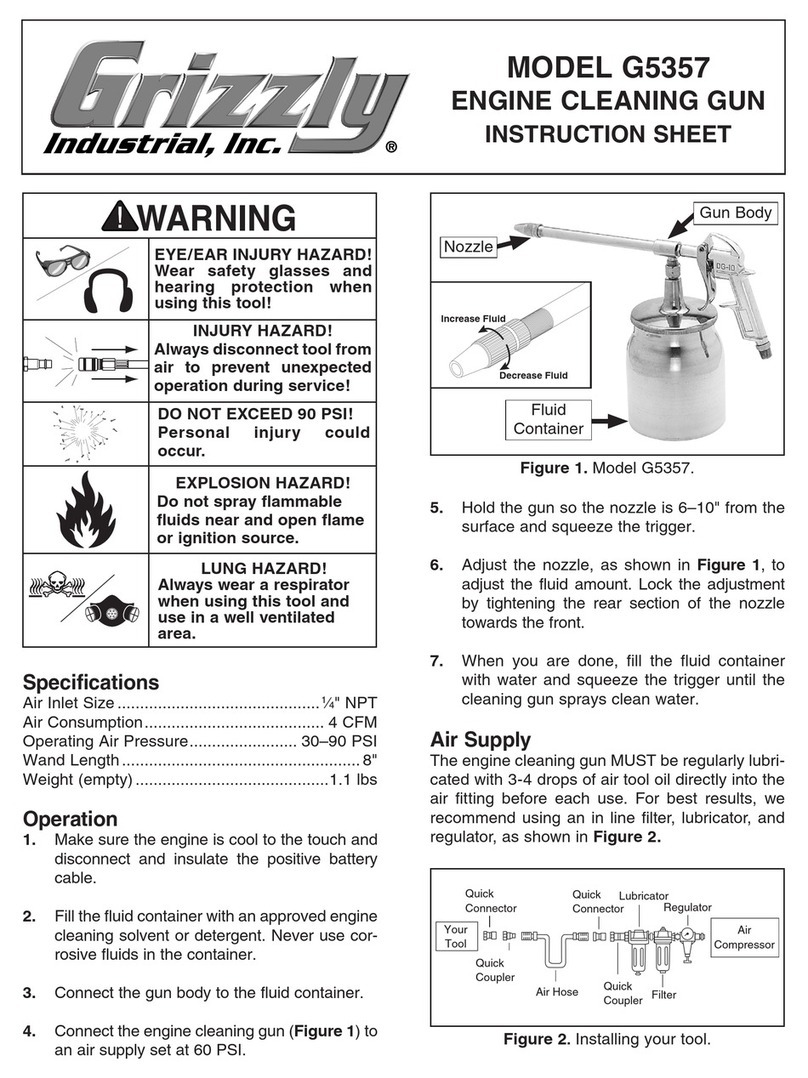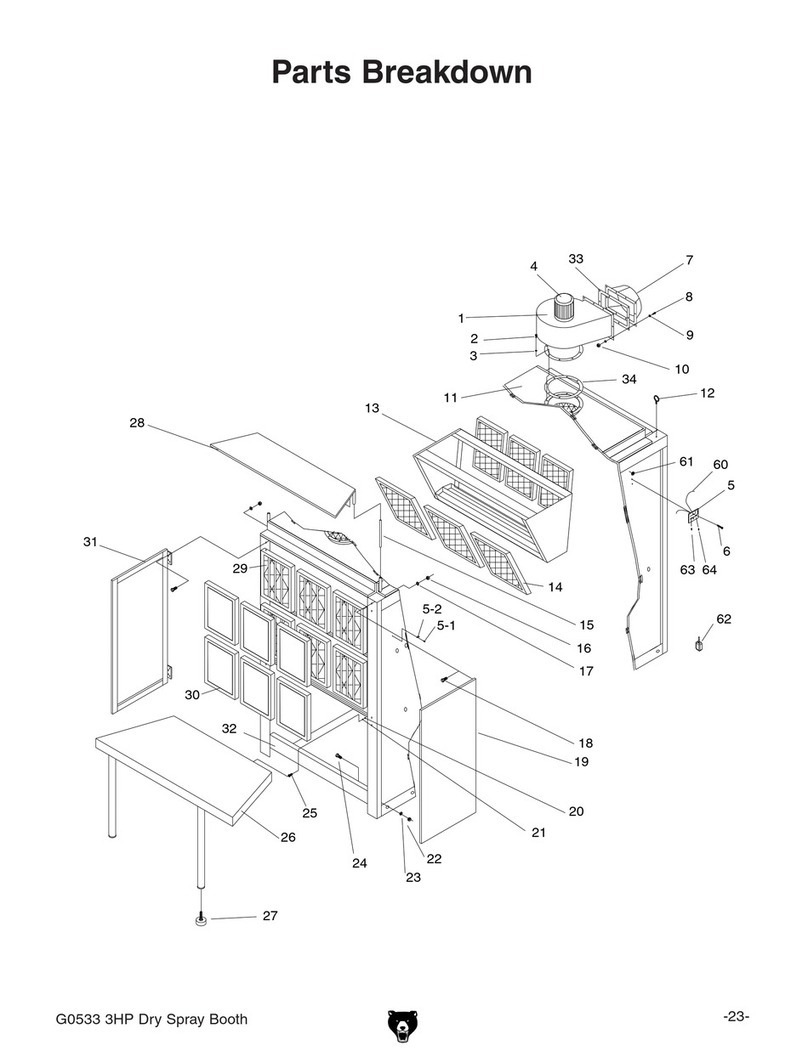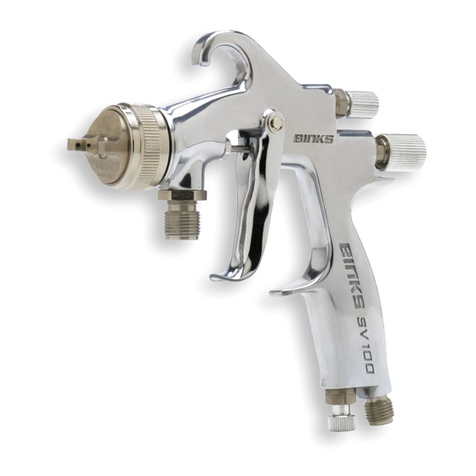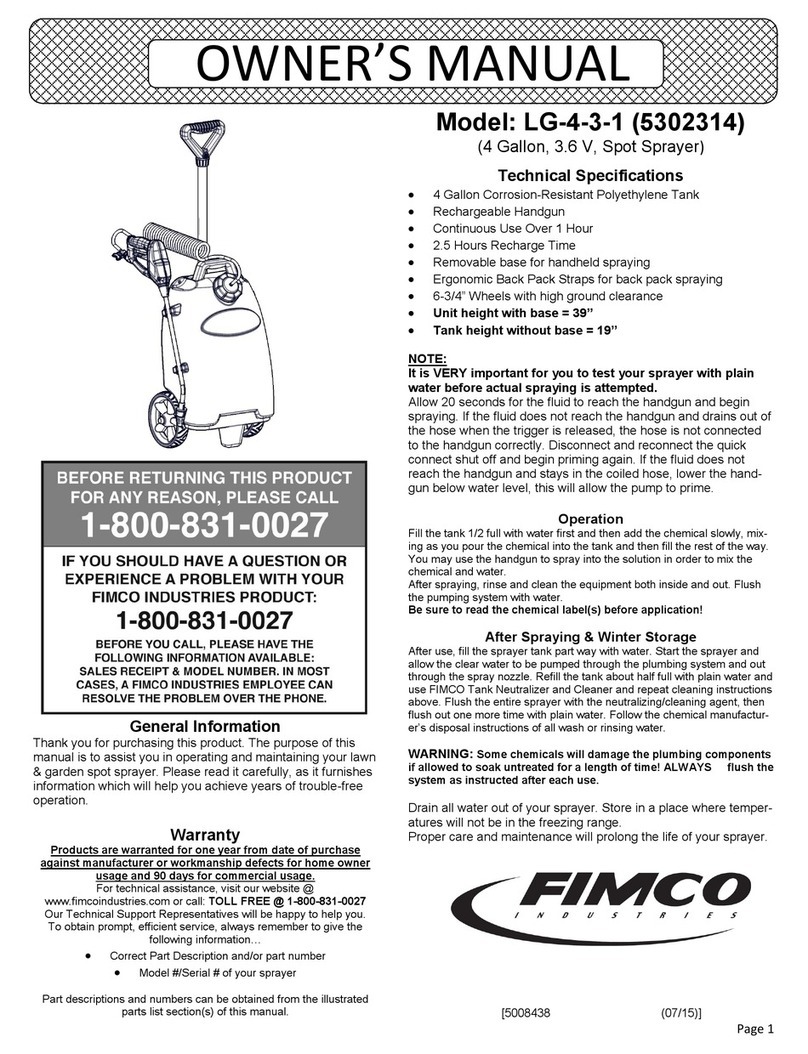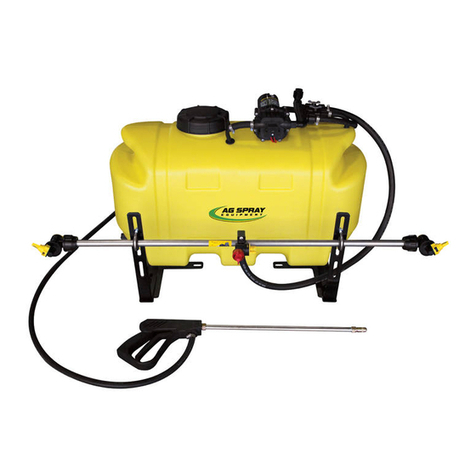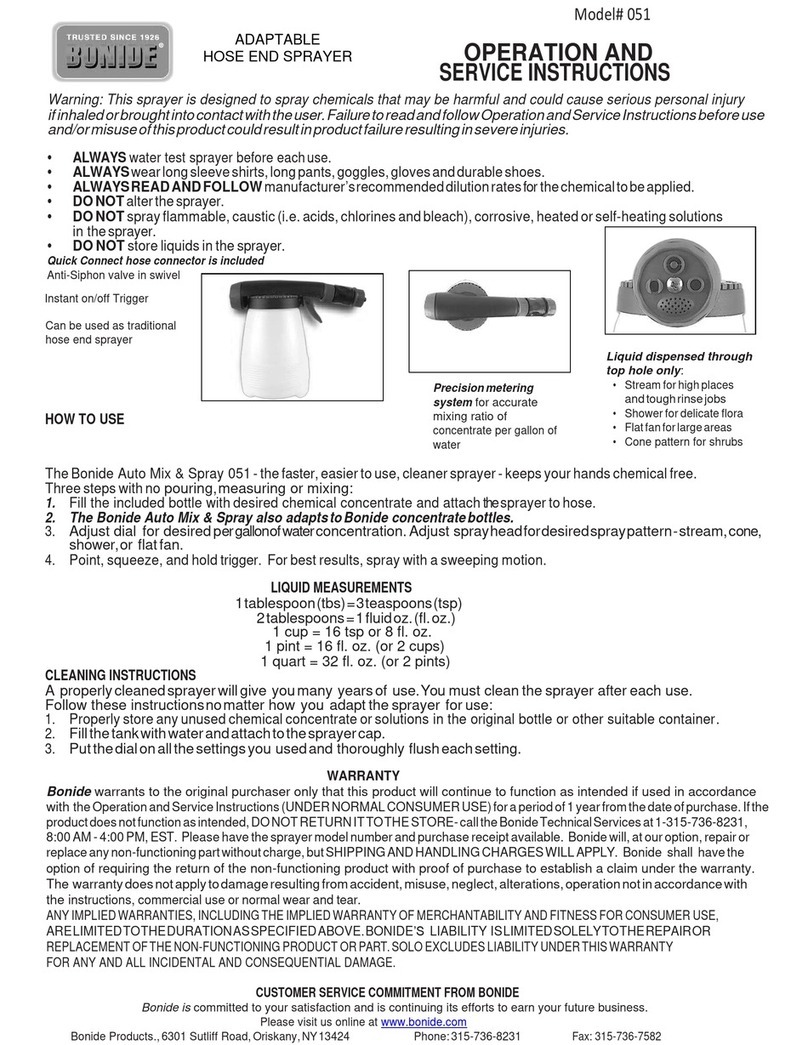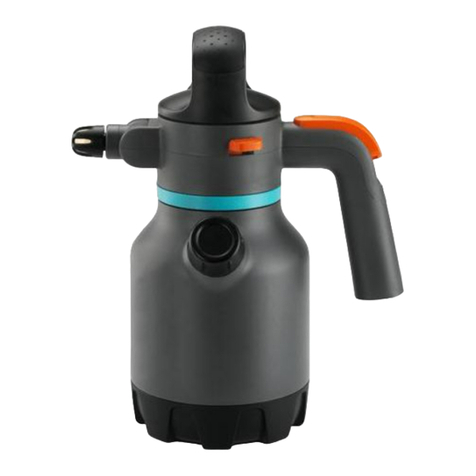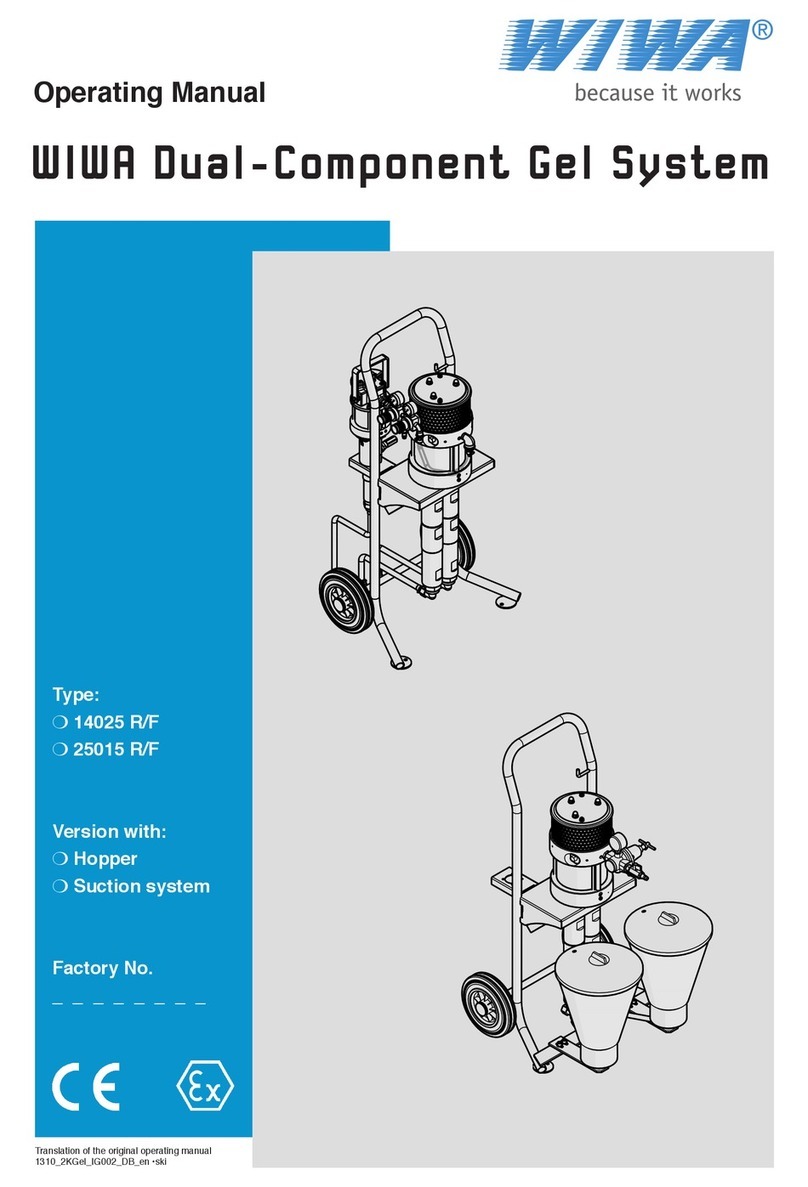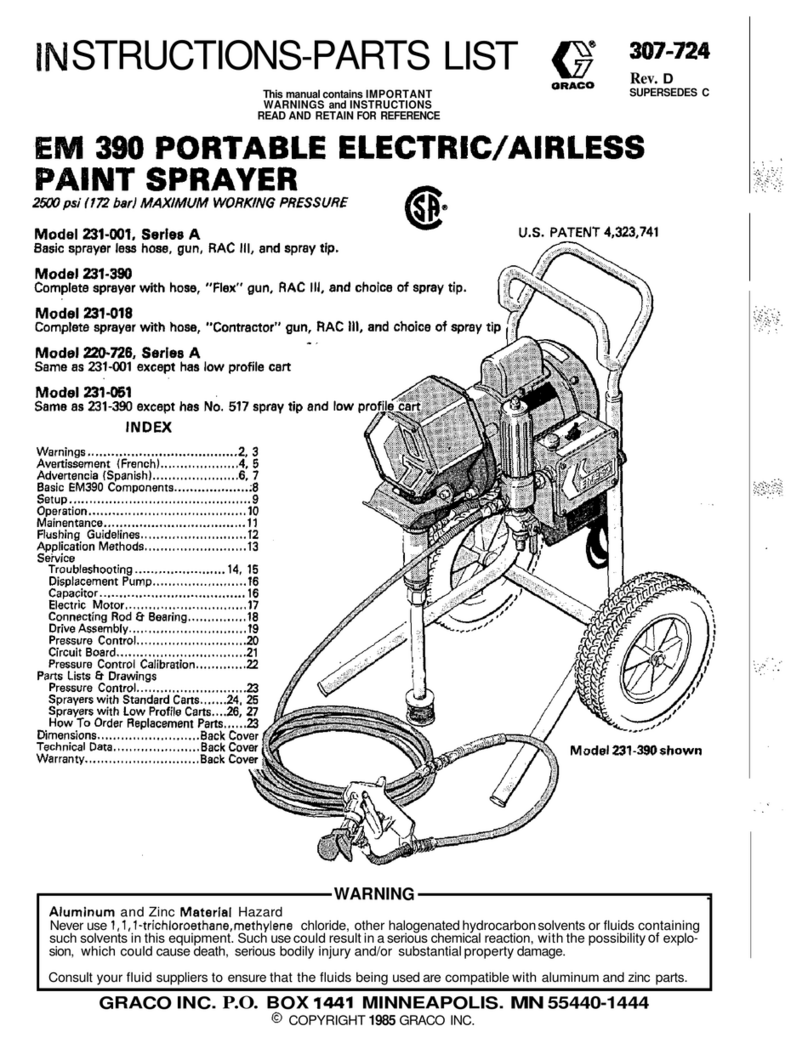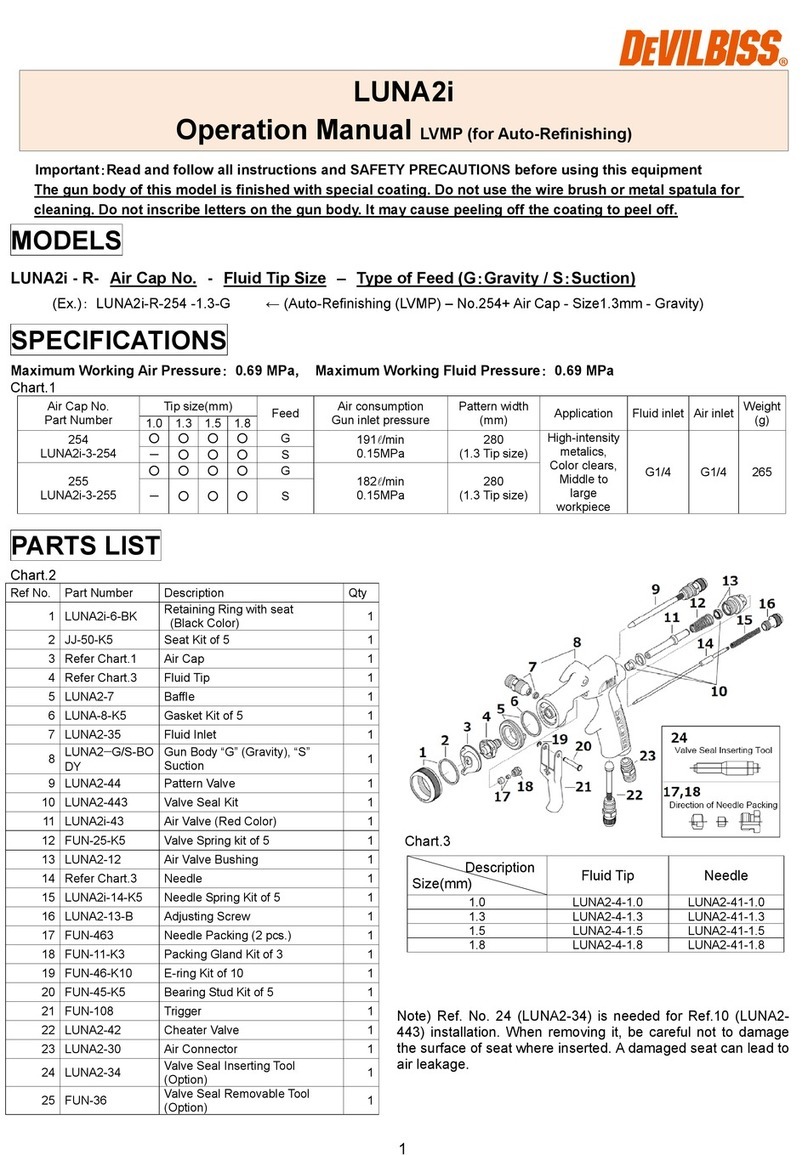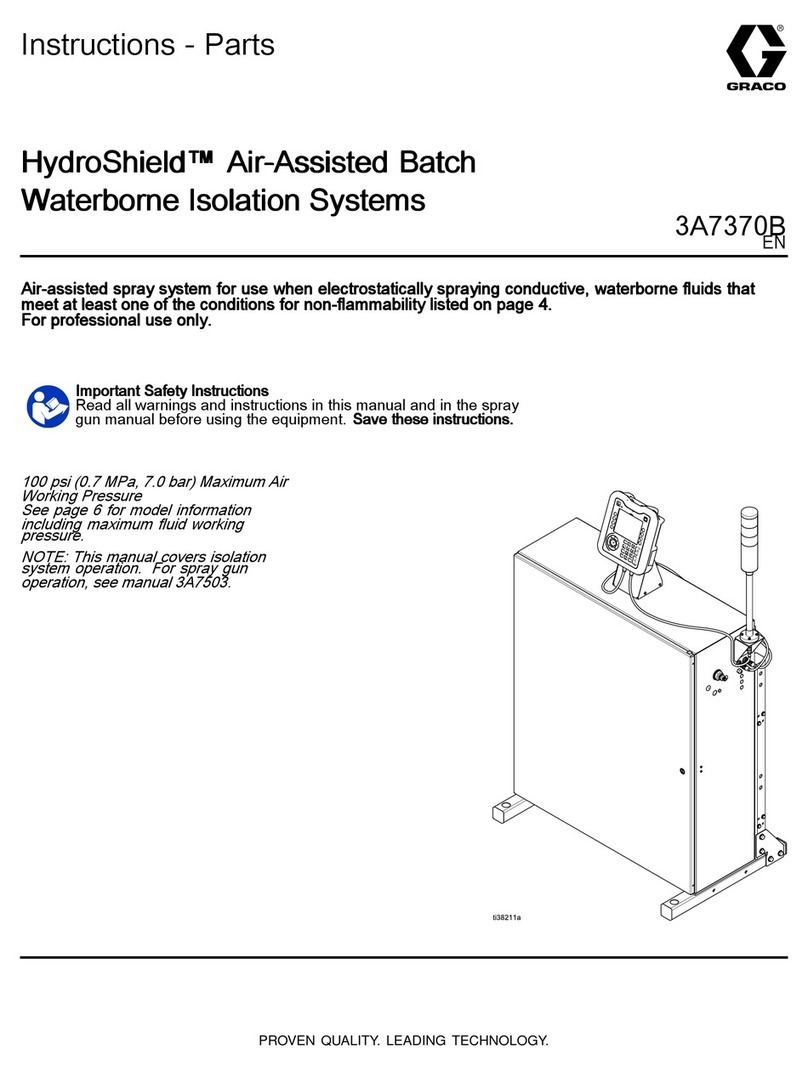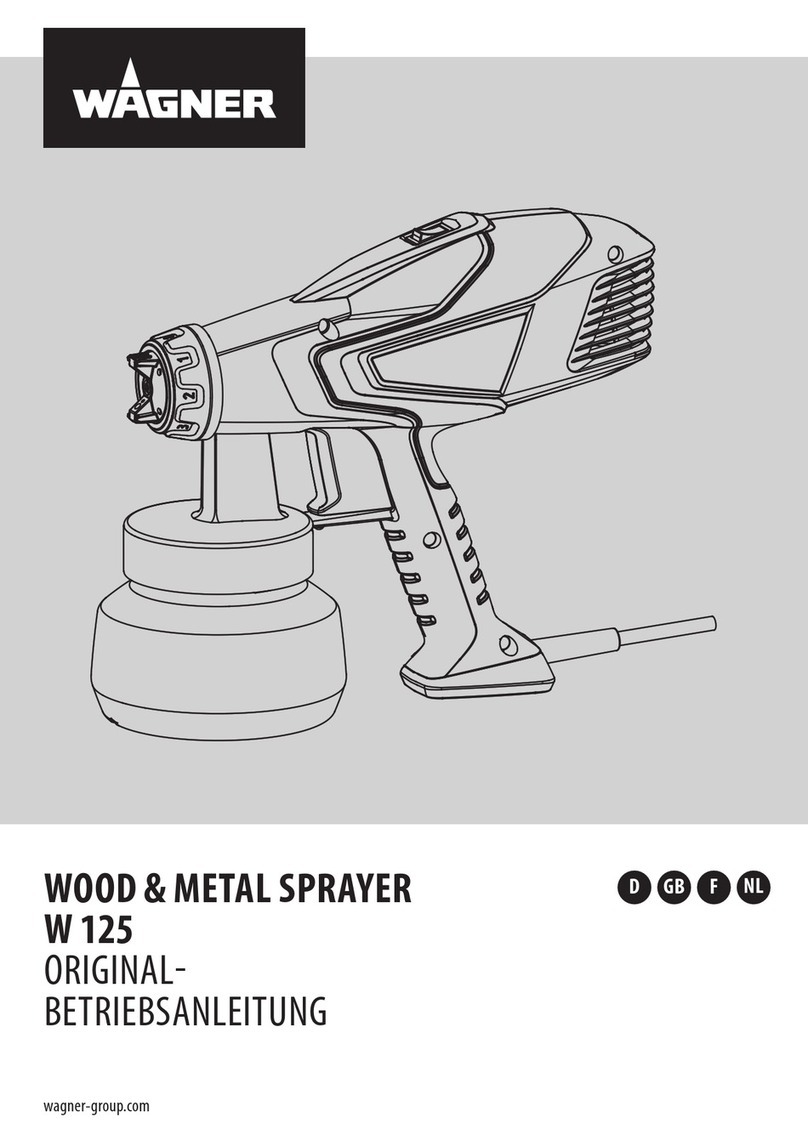
Model T23092 (Mfd. Since 04/11)-2-
USE CORRECT AIR PRESSURE.
Exceeding the maximum PSI rating of
this spray gun may cause unpredictable
operation or bursting.
DISCONNECT AIR PRESSURE. Before
servicing, changing accessories, or mov-
ing to another location. Never leave this
spray gun unattended when connected
to air.
AVOID IGNITION SOURCES. Spraying
around ignition sources may cause fire
or an explosion. Do not spray around
any ignition sources or potential ignition
sources. Be aware of appliances that
have pilot lights or machinery that creates
sparks during operation. Do not smoke in
the spraying area or when spraying.
BE AWARE OF HOSE LOCATION.
Hoses can easily become a tripping haz-
ard when laid across the floor in a disor-
ganized fashion.
AVOID UNINTENTIONAL OPERATION.
Always disconnect air when not in use,
and do not carry tool with hand on trigger.
KEEP CHILDREN AWAY. Prevent chil-
dren from injury by keeping them away
from this spray gun. Disconnect and lock
the spray gun away when not in use.
AVOID USE WHEN TIRED OR ON
DRUGS OR ALCOHOL. Avoid using this
spray gun if you are overly tired or intoxi-
cated. Using this spray gun during these
times may increase the risk of injury or fire.
UNTRAINED & UNSUPERVISED USE.
Untrained operators are not aware of the
safe use of this spray gun and may injure
themselves or cause fire. All untrained
operators must be directly supervised at
all times if using this spray gun.
READ MATERIAL LABELS and
MATERIAL SAFETY DATA SHEETS
(MSDS). Read and know all the instruc-
tions on the packaging label and the
MSDS before opening the package. This
information could save your life.
PROTECTIVE CLOTHING. Protect
exposed skin from overspray by wearing a
protective suit or other approved garment.
INAPPROPRIATE USE. DO NOT point
or shoot spray gun directly at yourself or
another person or animals. Do not attempt
to use the spray gun for any other use
than it was intended.
STORAGE. Thoroughly clean and dry
spray gun before storage. Store in an
approved cabinet.
FIRE EXTINGUISHERS. Always have a
fully charged multi-class or class B fire
extinguisher in the immediate area.
SOLVENTS. Always store solvents and
shop towels soaked in solvent in approved
containers.
LOCAL LAWS. Consult local authorities
regarding exhaust and waste disposal
requirements.
No list of safety guidelines can be complete. Every shop environment is different.
Always consider safety first, as it applies to your individual working conditions.
Use this and other machinery with caution and respect. Failure to do so could
result in serious personal injury, damage to equipment or poor work results.
